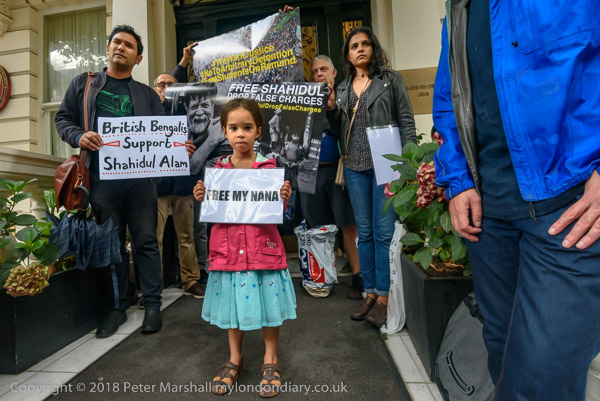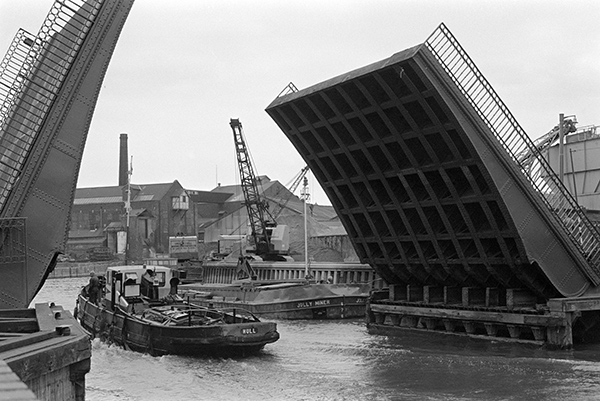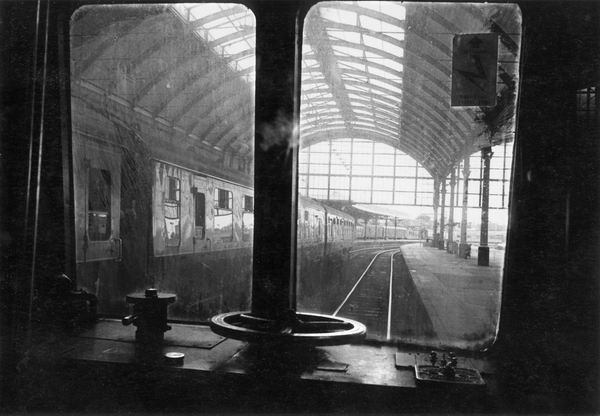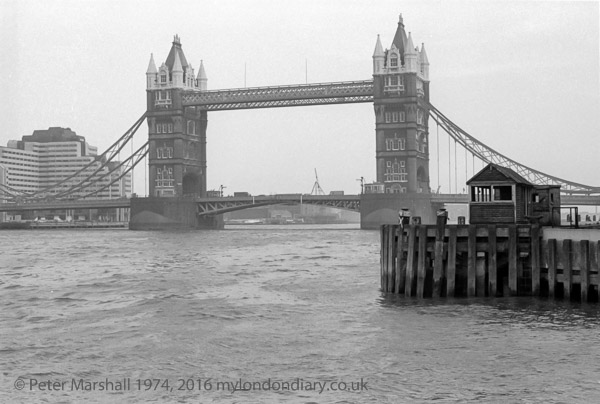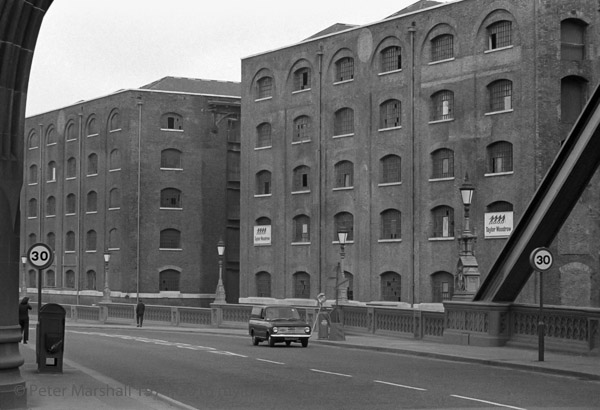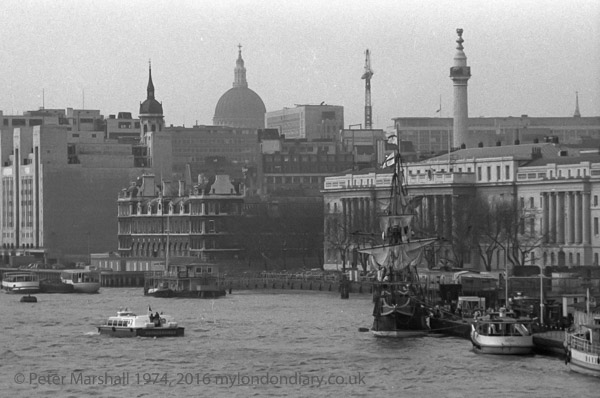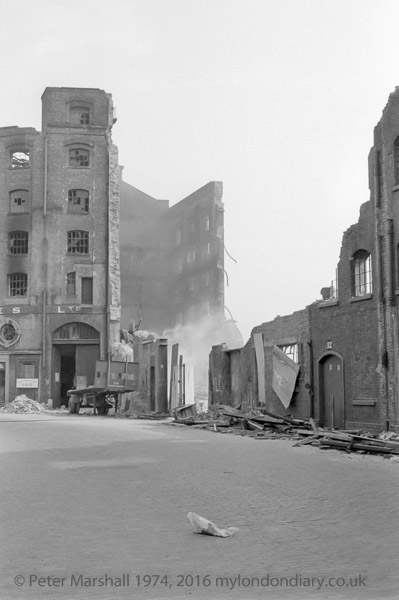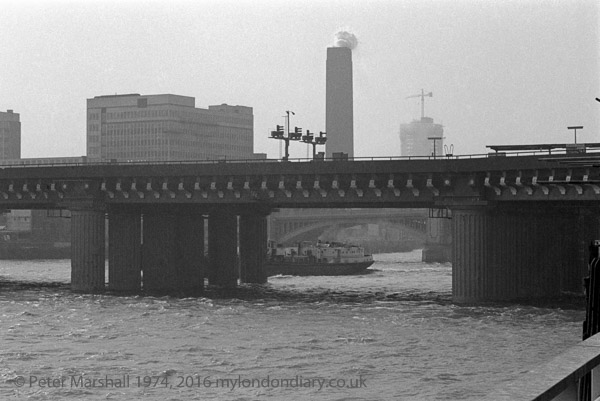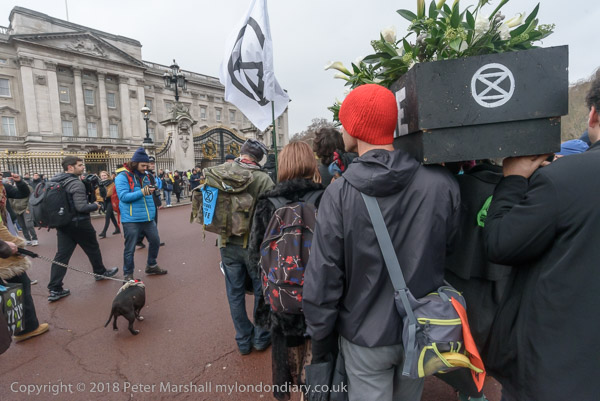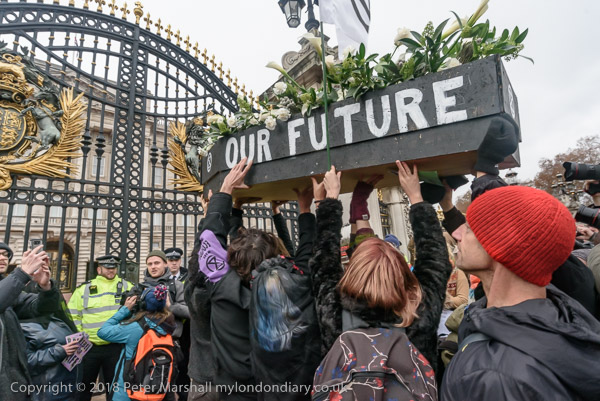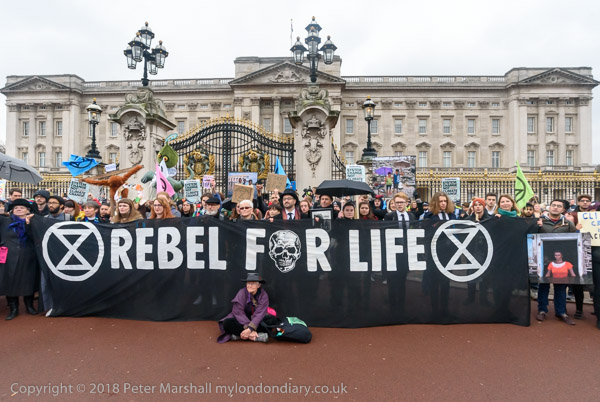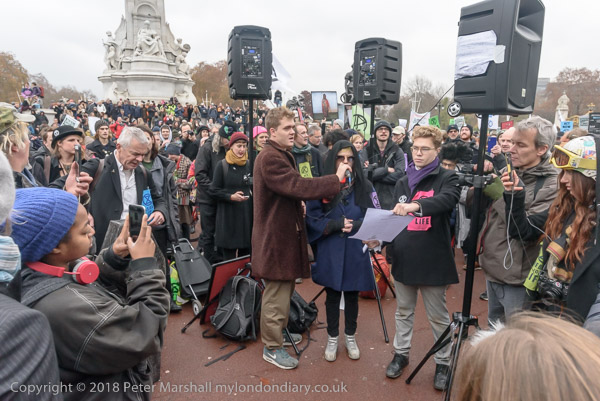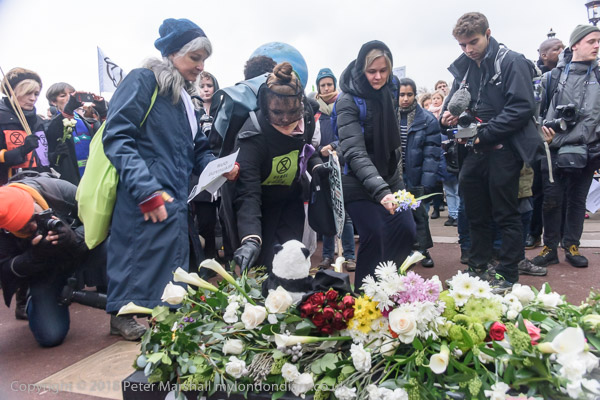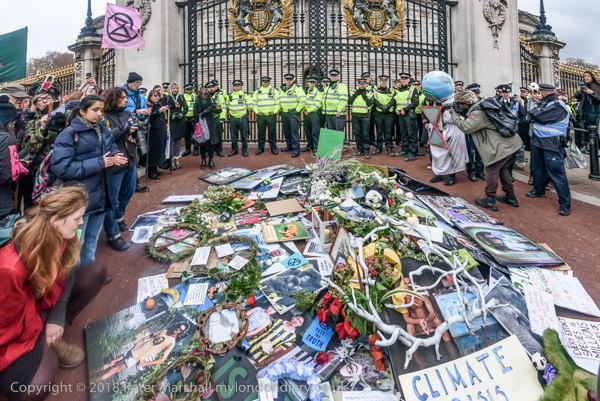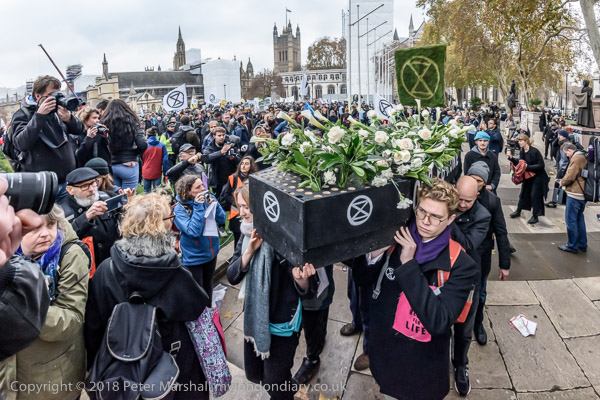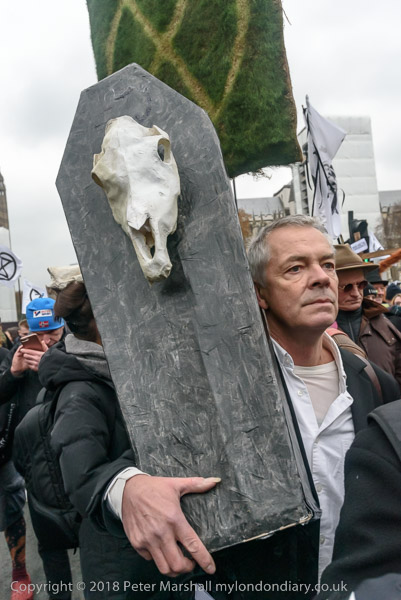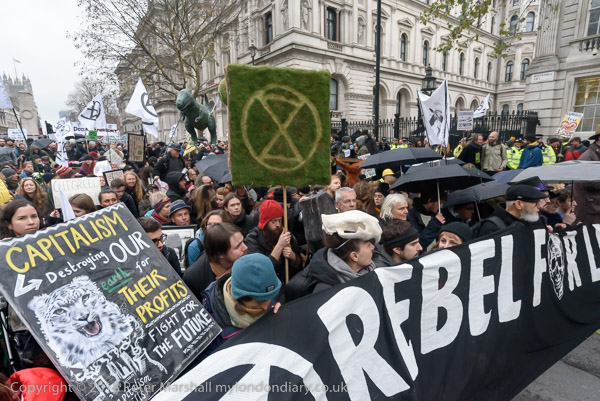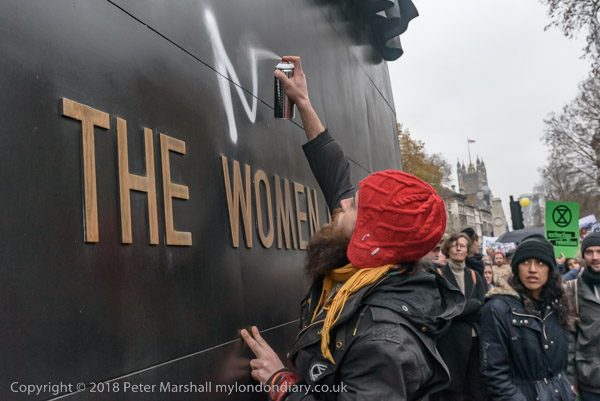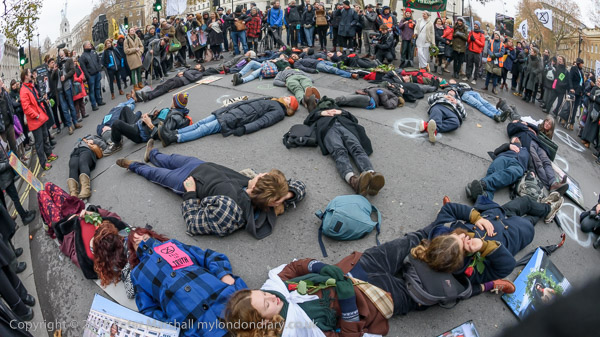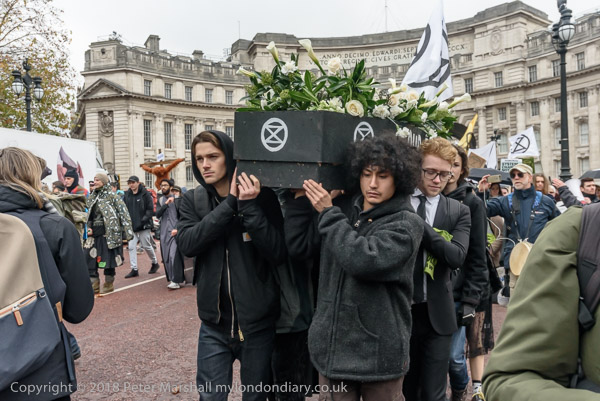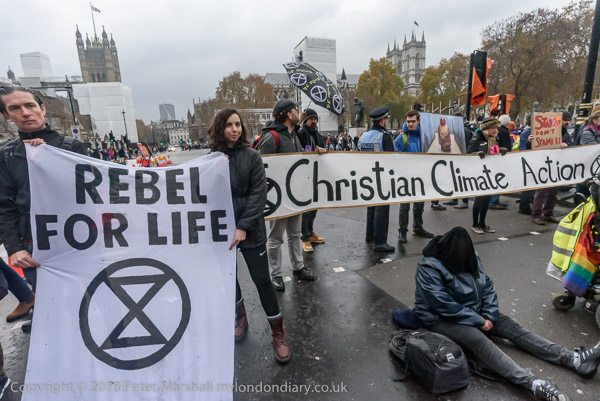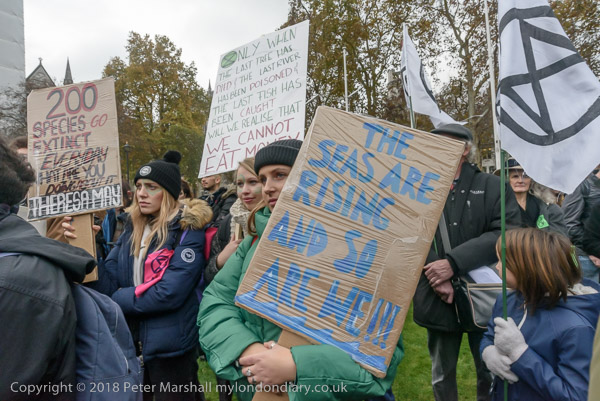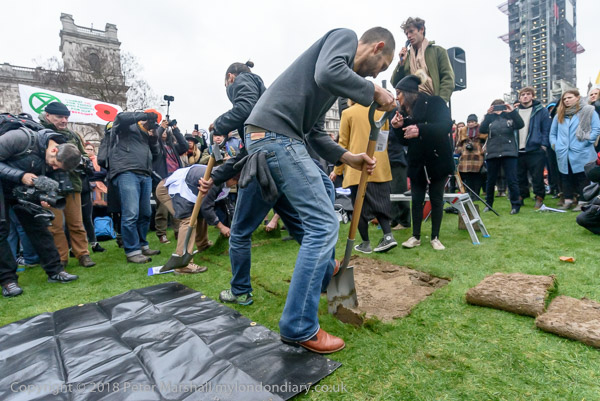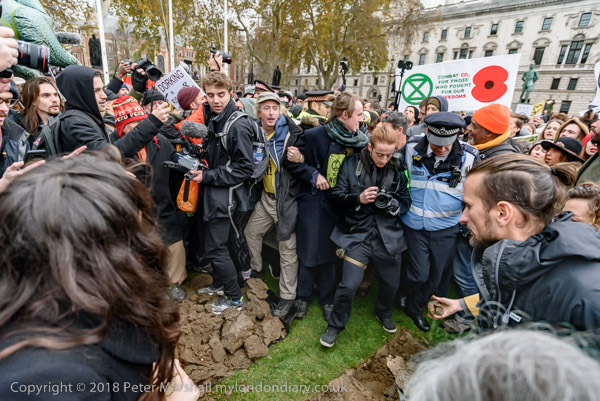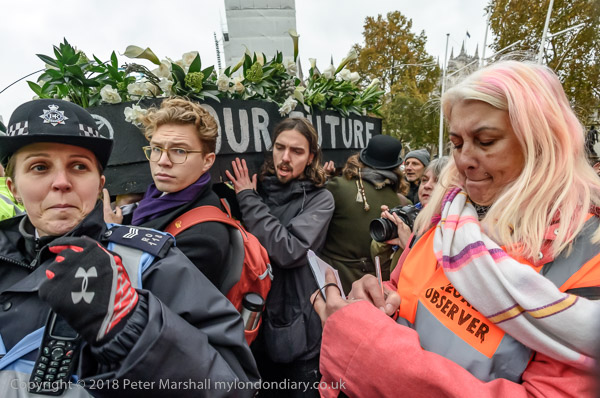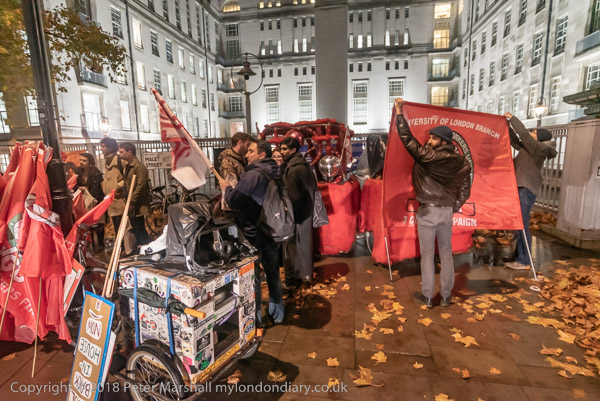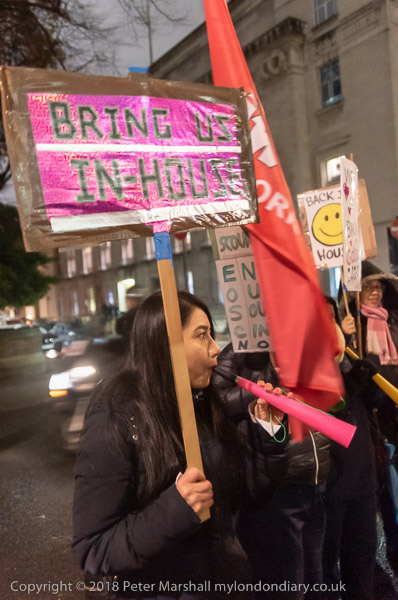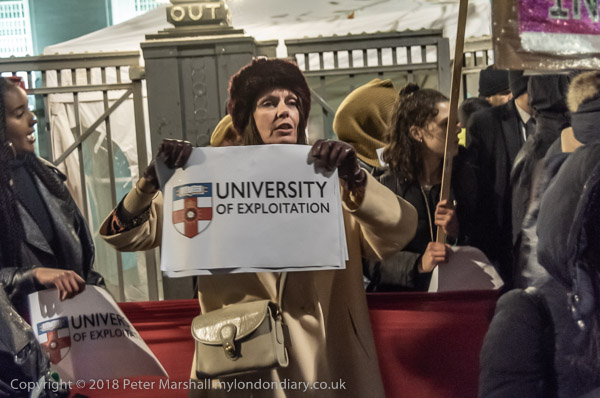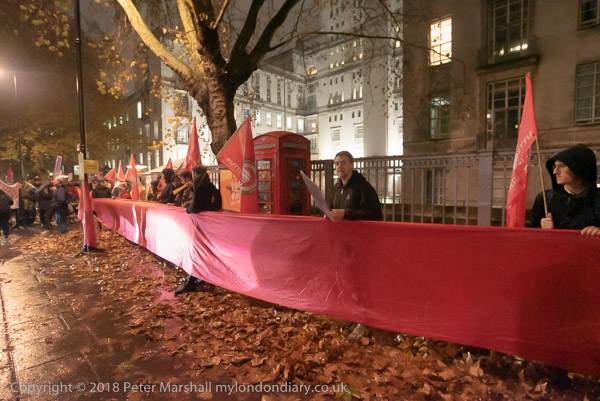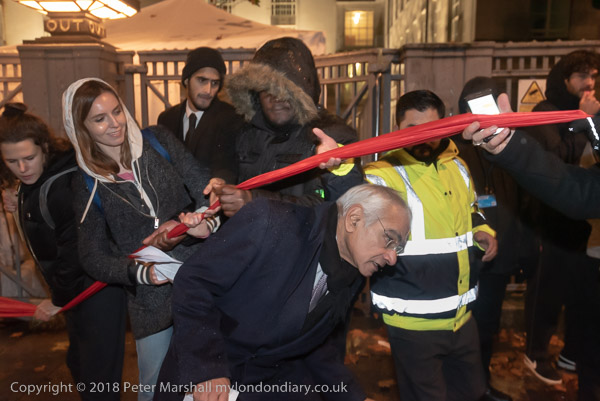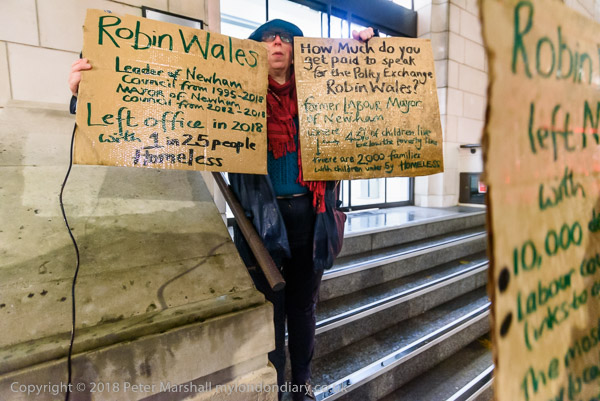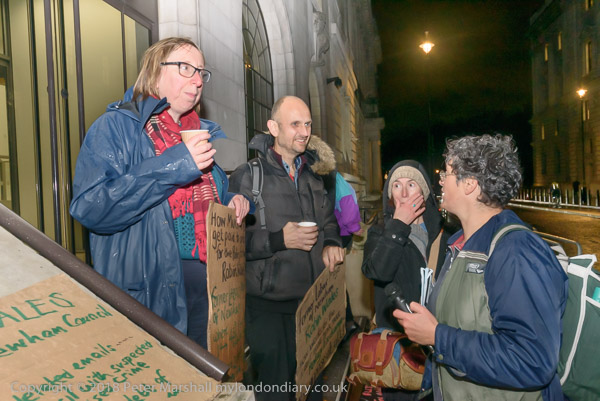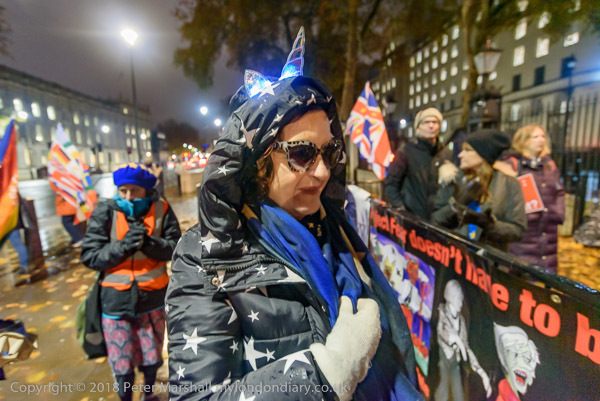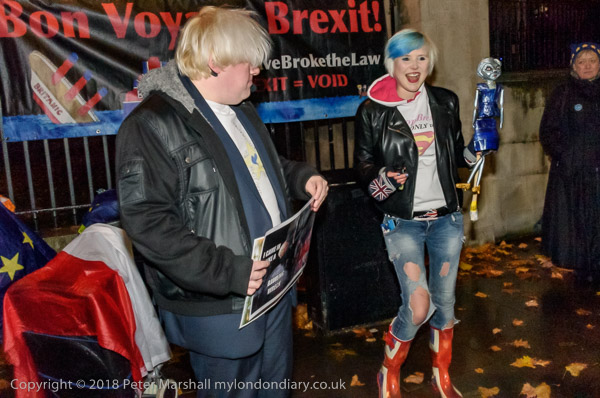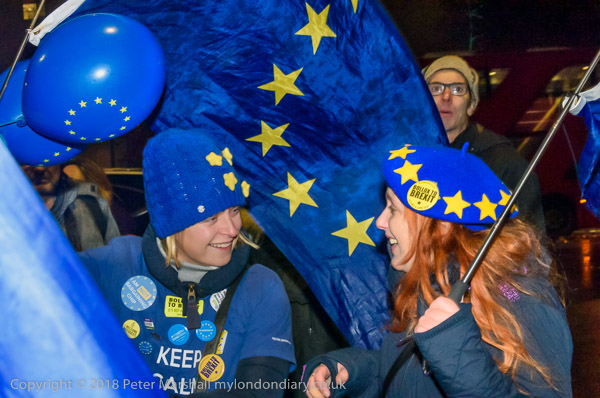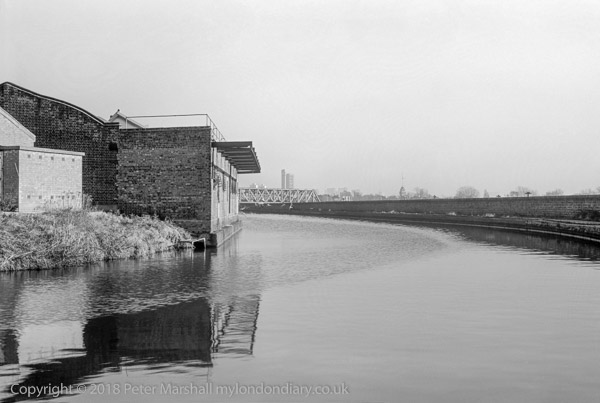
Recently I published the image above of the Grand Union Canal (Paddington Branch) I took in 1981 on Facebook, one of a series of posts I’ve been making most days over the past year or so from my early days of photographing London, and as usual wrote a few sentences about it – as follows:
Grand Union Canal, Willesden, 1981
26w-63: canal, bridge, reflection, towpath
The building at left is I think still there beside the canal, set some way back from Hythe Road in an area now all occupied by Cargiant, “officially the world’s largest used car dealership”. The bridge in the distance is Mitre Bridge, also known as Scrubs Lane Bridge, which carries the Overground line from Clapham Junction to Willesden Junction, as well as goods traffic onto the main West Coast line. The bridge gets its name from the angle at which it crosses the canal.
Just beyond the bridge on the north bank is now a small memorial garden to Mary Seacole, where I’ve sat to eat my lunch in the sun on several occasions, though it wasn’t there when I took this picture, as it was only opened around 2003.
Over the long wall to the right of the canal is a vast area of railway land to the north of Wormwood Scrubs.
I couldn’t at the time remember when I had been to that garden, but by coincidence I found out when thinking about writing a post here. Checking through recent posts on some other photography sites, a new (and silly) comment to a post by A D Coleman led me to read a piece he had posted on the death of John Berger in 2017, On John Berger on Photography, earlier printed in Hotshoe in 2012. In it Coleman reveals how Finnish photographer Pentti Sammallahti managed to get dogs where he wanted them in his remarkable photographs.
I remember still how, when I first found this out (probably from reading the Hotshoe article, though I
have a memory of it happening when talking about the pictures hung in a corner of Paris Photo, and someone mentioning the two words “sardine oil”, perhaps someone else who had read Coleman rather than the photographer. It doesn’t of course change the photographs, but what had before seemed some magical power did become rather more prosaic.
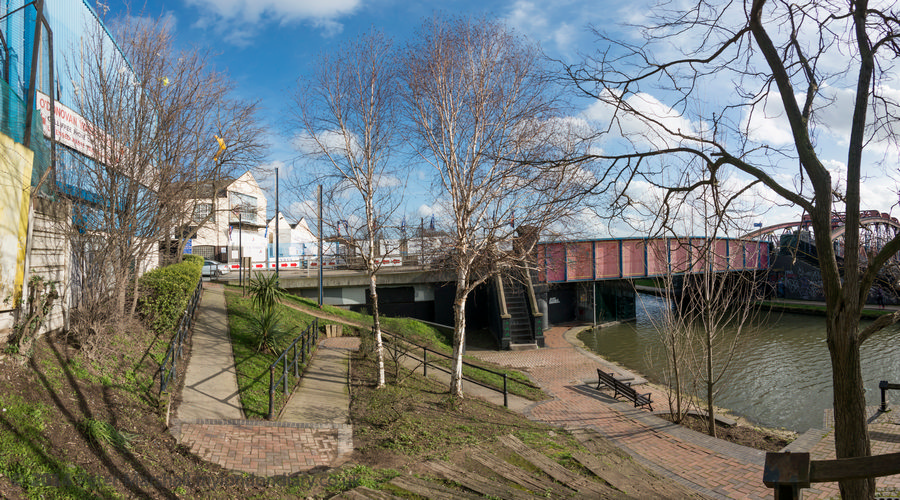
Double-click to open the image twice the size – backspace to return
I thought of writing a post about this, but couldn’t remember if I had mentioned it before, so searched my posts for the word ‘sardine’, and got as the only result the post ‘Up Willesden Junction‘, written about a walk in February 2014, in which I wrote:
I sat on a bench to eat my sandwiches in the sun (it was surprisingly mild for London in February) in a small memorial park to Mary Seacole, a remarkable Jamaican woman who used the profits from her general store and boarding house in Jamaica to nurse wounded British soldiers in the Crimean war, as well as medical work in Jamaica, Cuba and Panama. The memorial park was created around the time of the bicentenary of her birth a few years ago here, close to where she was buried in St Mary’s Catholic cemetery in 1881. She has become a controversial figure in the debates over the construction and teaching of British history, with many feeling she was largely sidelined because she was black.
The picture above shows the Mary Seacole Garden, and there are more in the linked article on My London Diary, including this one:
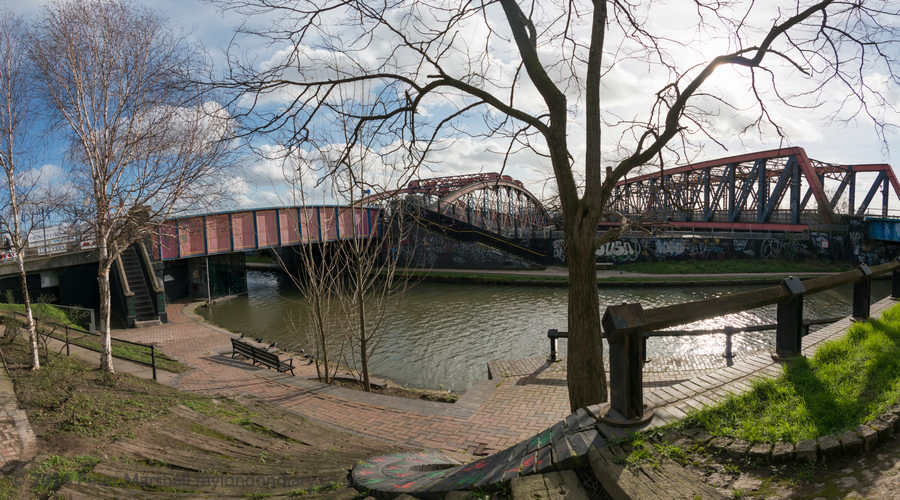
The sardines weren’t in my sandwiches – unlike Sammallahti I stick mainly to cheese – Stilton, Camembert, Jarlsburg, Cheddar, sometimes with a little pickle or chutney, often with raw onions and always with tomato, with just occasionally ham or other cold meat we have in the house, and all I’ve ever managed to attract has been pigeons.
Sardines came into my post only about travelling on rush-hour trains, something I now try hard to avoid as my ageing legs obect painfully to standing, and the trains on my line have got even more packed, less reliable and the fares more expensive. Though the service from Richmond to Willesden Junction has improved greatly since it was taken from private operator Silverlink and became a part of London Overground in 2010.
______________________________________________________
There are no adverts on this site and it receives no sponsorship, and I like to keep it that way. But it does take a considerable amount of my time and thought, and if you enjoy reading it, a small donation – perhaps the cost of a beer – would be appreciated.
My London Diary : London Photos : Hull : River Lea/Lee Valley : London’s Industrial Heritage
All photographs on this and my other sites, unless otherwise stated, are taken by and copyright of Peter Marshall, and are available for reproduction or can be bought as prints.
To order prints or reproduce images
________________________________________________________

